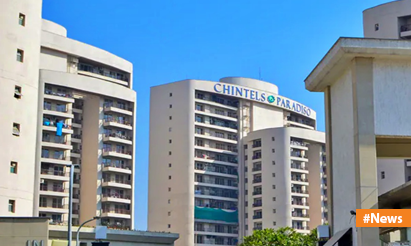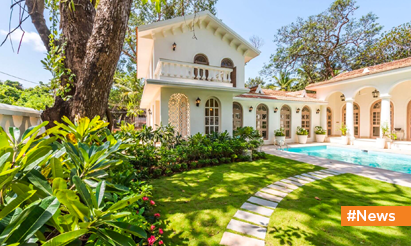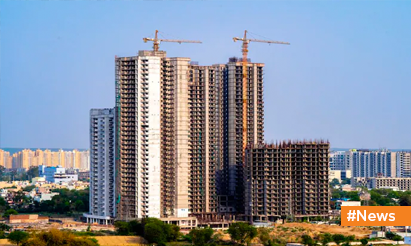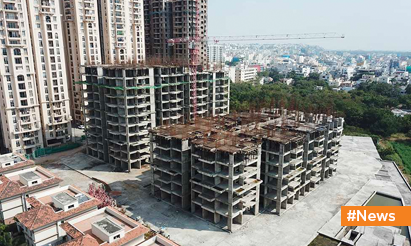Brick manufacturers desire a decrease in GST rates.
Overview of the case
Kiln owners all throughout the country are now on strike for over four months. In India, there are around 1.5 lakh brick kilns. The closure has harmed over three crore workers. The All-India Brick and Tile Manufacturers Federation (AIBTMF) General Secretary, Omvir Singh Bhati, stated, “We are in a difficult situation. Our kilns are being shut down across the country because we are confronted with the inability to do business in the lack of demand and excessive input costs. We demand that the government reinstate the GST.”
Why was the GST hiked?
Formerly, just 1% GST was paid on firms with a turnover of up to Rs 1.5 crore. But, the government agreed to raise it last year during a GST Council Meeting, bringing the GST rate to 6% just for the brick business. Coal, which is one of the basic ingredients for bricks, is also subject to a high GST rate of 12 percent, up from 5% earlier. Those variables have had a significant influence on brick makers.
Reasons influencing rising brick prices.
“Despite the abundance of coal within India, the government has been encouraging imported coal,” says Ramesh Mohie, President of the Punjab Brick Kiln Association. This is being sold at an exorbitant price of Rs 30,000 a tonne, rather than the true price of Rs 4,000 per tonne. Also, the increase in GST beginning April 1, 2022, has had a significant influence on brick output.”
According to reports, before to April 2022, the Tax per 1000 bricks was approximately Rs 350, but it is currently over Rs 850. As a result, 1000 bricks cost roughly Rs 7,000 or more.
How Have Building Material Costs Grown Recently?
According to the Maharashtra Chamber of Housing Industry (MCHI) and the Confederation of Real Estate Developers’ Associations of India (CREDAI), real estate project input costs have increased by at least 40% year on year. Steel prices have risen the most, by roughly 60%, followed by conduit pipes and copper prices, which have increased by approximately 40%. Cement costs have also risen by around 25% year on year.
The price increase is due to the global geopolitical environment, including the Ukraine-Russia crisis, which has impacted the supply chain. Due to the shortage of supplies, the price of materials has been under inflationary pressure.
While the brick kiln owners have voiced their desires, the prohibition may have ramifications for end consumers since the action may result in higher home values. The role of the Centre in containing growing prices may offer the essential assistance to the real estate industry and its associated sectors, perhaps improving the situation.
Disclaimer: The views expressed above are for informational purposes only based on industry reports and related news stories. PropertyPistol does not guarantee the accuracy, completeness, or reliability of the information and shall not be held responsible for any action taken based on the published information.




